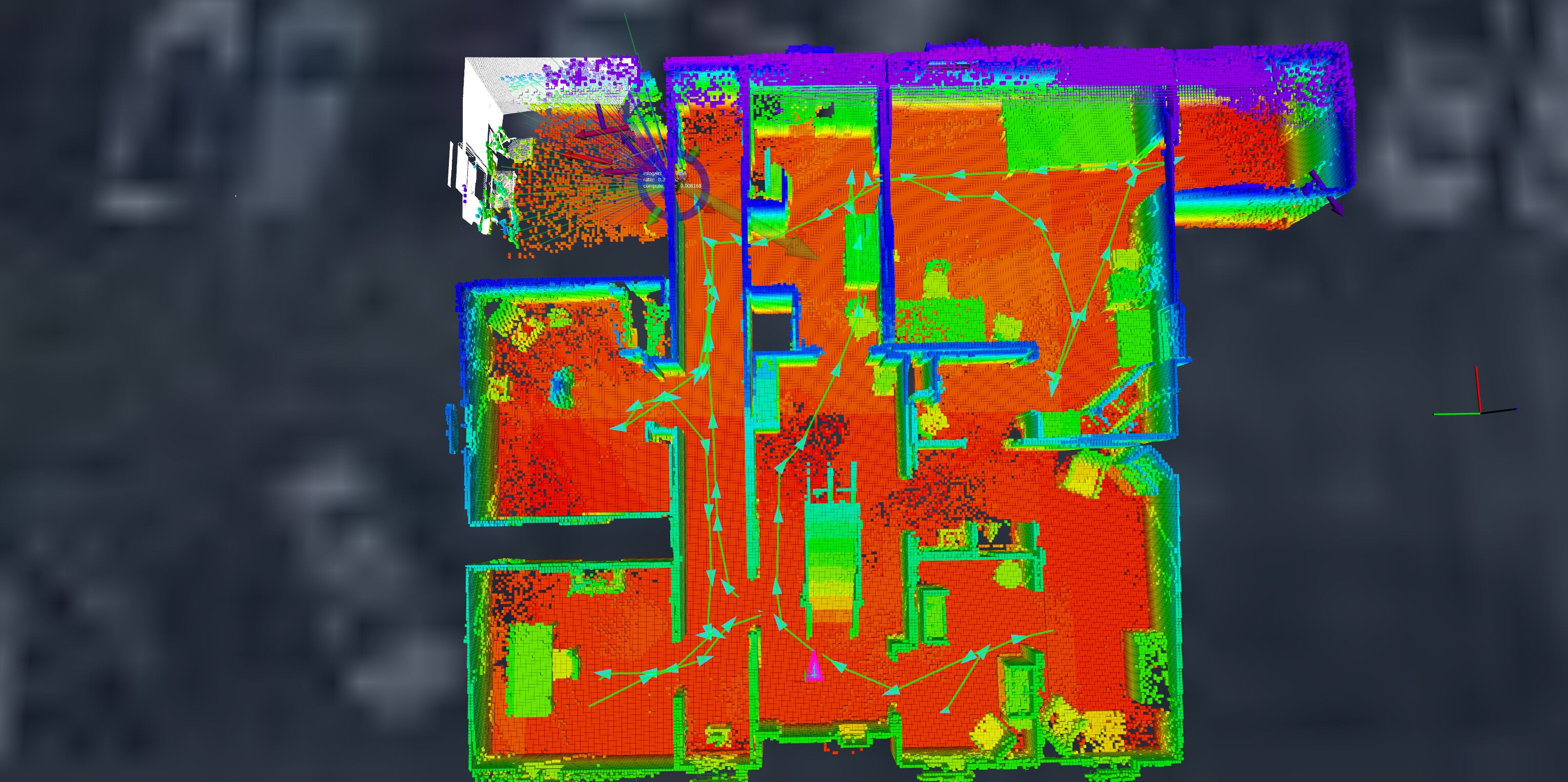Imagine a footrace between two runners: Let’s call the first one “China;” and the second one “the United States.” The starting gun fires. China takes off. The United States can’t get out of the starting blocks. Now think of this race in terms of the last two decades. While the U.S. was busy leading the Global War on Terror, fully engaged in the present fight, China has been solely focused on innovating for future conflicts with the United States. No better example exists than just days ago where the People’s Liberation Army (PLA) reportedly launched a brazen simulated attack on the Theodore Roosevelt carrier within Taiwan’s air defense zone.
During his recent confirmation hearings, Secretary of Defense Lloyd Austin III spoke directly about the future China threat, referring to the “continued erosion” of the U.S. military’s advantage, not only against Beijing but also Moscow. “If left unchecked, this continued erosion could fundamentally challenge our ability to achieve U.S. national security objectives — and limit DoD’s ability to underpin other U.S. instruments of power,” said the newly confirmed defense secretary.
The race for AI superiority in the national security domain between China and the United States is one where it seems the latter is stuck in neutral while the former ostensibly speeds ahead. But fortunately for the U.S., the race is a marathon, not a sprint; there are still opportunities for Washington to come out ahead. But how?
First, the U.S. desperately needs to ensure that the wind is at its back during the marathon against China. From my vantage point as the cofounder of an AI-focused defense technology company and former Navy SEAL, the wind must first consist of a clear articulation of the objective or capabilities desired. The DoD asking for AI is akin to asking for a nuclear reaction; do they want a bomb or a power plant for a submarine? AI can be used to enable unmanned systems to self-drive without GPS or communications, connect sensors to shooters, or defend a cyber network. Clearly focused, articulated DoD AI objectives and capabilities must be defined, then pursued with vigor and resources.
As it stands, Chinese startups are now global leaders in areas of microelectronics, autonomy and AI, driven by the emergence of agile and cutting-edge companies such as Huawei, Baidu, Tencent and DJI. In parallel, the Chinese government is funneling billions of defense dollars to these companies to further advance defense-related sectors, creating a conveyor belt of transformative military technologies from state-aided industry.
The Chinese government’s central role across its industries has enabled Beijing to force its strongest AI technology companies to take on key defense initiatives, whereas many top American companies, for a variety of reasons, limit or refuse to take on AI defense projects altogether. This gives China a critical advantage, for which America currently has no answer.
The Future of Defense Task Force, the National Security Commission on AI, the National Defense Strategy have all called for strategic investment in AI, yet DoD AI investment remains tactical and most of its capabilities are far from the battlefield. But it would be wrong to assume that the race will be won simply by outspending Beijing. Innovation and rapid technology development through government and private industry partnership built by free-market incentives have been at the center of American victories in two World Wars and throughout the Cold War. The DoD must find the right AI partnerships to bring to bear the AI-products and capabilities to win this race.

With that in mind, it is important to note that entrepreneurs like myself and others in the tech industry optimize our companies for agility and speed. We make decisions at an accelerated pace because if we don’t continue to innovate, we die. DoD has developed many cutting-edge technologies — GPS, the internet and stealth to name a few. No one is asking DoD to transform into a Silicon Valley startup — far from it — but it does need to go back to its more risk-tolerant and accelerated decision-making roots.
Let us not forget that gaining the necessary wind is a two-way street: The private sector must do more to embrace certain aspects of DoD’s culture. Both tech firms and the DoD need to realize the mutual benefit of working together — harnessing the innovation engine of U.S. entrepreneurship and technology is the only way to win the AI race against China. In Austin’s words, the DoD must “leverage commercial technology developed by the private sector to bring advantage to the war fighter.”
The stakes for DoD are enormous; the stakes for the United States are existential.
Brandon Tseng is a former Navy SEAL and cofounder and COO of Shield AI, a self-driving technology company focused on enabling DoD unmanned systems to operate without GPS or communications in conflict zones.








